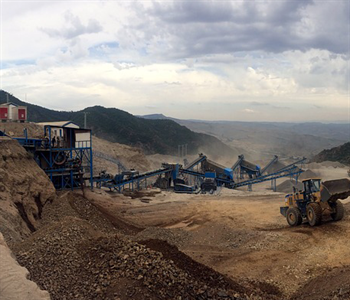
Mining has always played a giant part in the gaining of resources. From rocks and minerals, to gas and oils, mining has helped us face our world’s biggest struggles by allowing us to gain resources. For the most part, mining can be divided into two categories, surface and sub-surface. The valuable rocks and minerals that come out of a mine are what allow us to have things like electricity and gas to cell phones and jewelry. Learn both the pros and cons of above and underground mining.
Also known as underground mining, sub-surface mining is one of our most important gains of resources known. It is completed by digging shafts underground for the extraction of valuable rocks and minerals. Without the proper tools, such as filtration control or shale stabilizers, your mining process could take much longer than expected.
Resources that we gain from sub-surface mining would include coal, oil and other minerals that our communities use on an everyday basis. Although most of what comes out of a mine is ore, we can also find a lot of gold, silver, copper, lead, and zinc at great depths below our feet.
While it's the opposite of subsurface mining, the two types are still quite similar. While both focus on digging up buried resources, surface mining focuses staying closer to the surface. This is useful for areas that aren’t good for tunneling such as deserts and gravel.
Different examples of surface mining methods would include open-pit mining, quarrying or landfill mining. The types of resources we find mostly from surface mining would include clay, copper, granite and marble.
In conclusion, there are endless pros to mining. To simplify, without mining, we wouldn’t have enough resources to sustain one’s normal life today. The volubility of the resources we extract from mines allow us our basic needs, such as energy and transportation. If you think you’re up for the job, Plastech Plus offers all your supplies to get started, from polymers to control agents. Visit us today for more information!